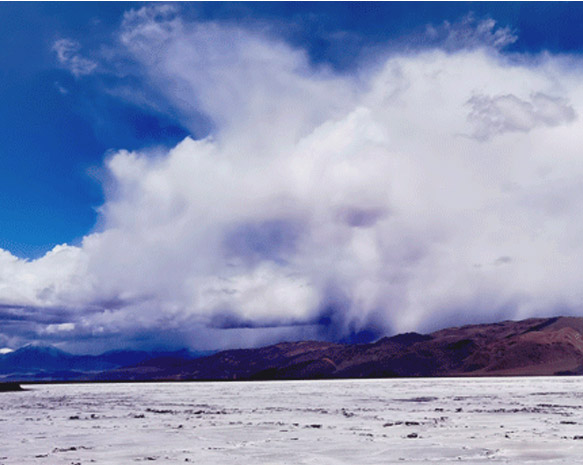Clean production management system and green procurement policy: the purchase of equipment and facilities with high energy consumption and serious pollution is prohibited. We modify, replace, or remove our high energy consumption production equipment and facilities after counting and clearing.
Energy consumption monitoring: We have established an energy consumption data platform, on which we can monitor and manage energy consumption information on a daily basis. Once abnormal data is alarmed, we can notify and take measures on operation sites in a timely manner, reducing abnormal energy loss.
Inspection and supervision: through the on-site supervision and plate management of energy conservation and emission reduction, we have promoted the initiative and standardisation of ownership enterprises in terms of energy conservation and emission reduction. We also provide advanced experience for ownership enterprises to exchange and share.
Internal energy reviews and audits: our energy management system is regularly audited and certified according to ISO 50001 requirements













